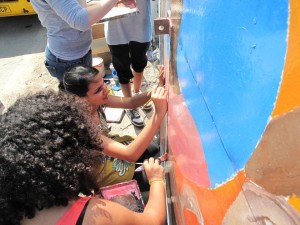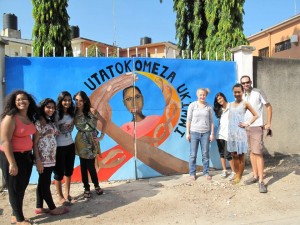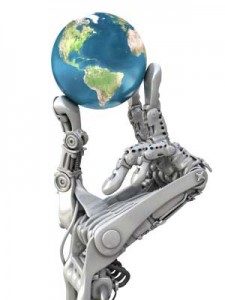
As the world of business evolves many of us have forgotten the significance of environmental sustainability.
An article reads, according to the PricewaterhouseCoopers (PwC) the world must “cut the rate of carbon emissions dramatically by 2050 to stop global temperatures from rising more than two degrees Celsius”. This means countries must begin to create strategies that can efficiently help reduce carbon emissions. The article further states, in order to achieve this goal “global carbon intensity needs to be cut by an average of 5.1 percent a year from now to 2050”. Currently there hasn’t been a significant improvement in the amount of carbon dioxide emitted by the different countries. Reduction in carbon emission is necessary in order to maintain future emission reductions. However, because of the slow start, even if the target is achieved there will still be a far greater reduction in the future (Chestney).
According to Climate Smart “an average small business in BC reducing emissions can save $400 for every tonne of emissions they cut from their operations”. This highlights that Businesses in British Columbia can create economic growth and environmental efficiency by implementing carbon management strategies that would help cut costs at the same time avoid unnecessary carbon emissions.
Works Cited
Chestney, Nina. “Unprecedented World Carbon Emissions Cuts Needed by 2050: PwC.” Reuters. Thomson Reuters, 04 Nov. 2012. Web. 18 Nov. 2012. <http://www.reuters.com/article/2012/11/05/us-carbon-pwc-idUSBRE8A400420121105>.
“Small Business Climate Action Creates Bottom Line and Community Benefits.” Climate Smart. Climate Smart Business Inc., 8 Nov. 2012. Web. 18 Nov. 2012. <https://climatesmartbusiness.com/2012/11/08/small-business-climate-action-creates-bottom-line-and-community-benefits/>.
Picture Reference:
“The Ecommerce Authority.” The Ecommerce Authority. Volusion, 2012. Web. 18 Nov. 2012. <http://onlinebusiness.volusion.com/articles/the-future-of-green/>.









